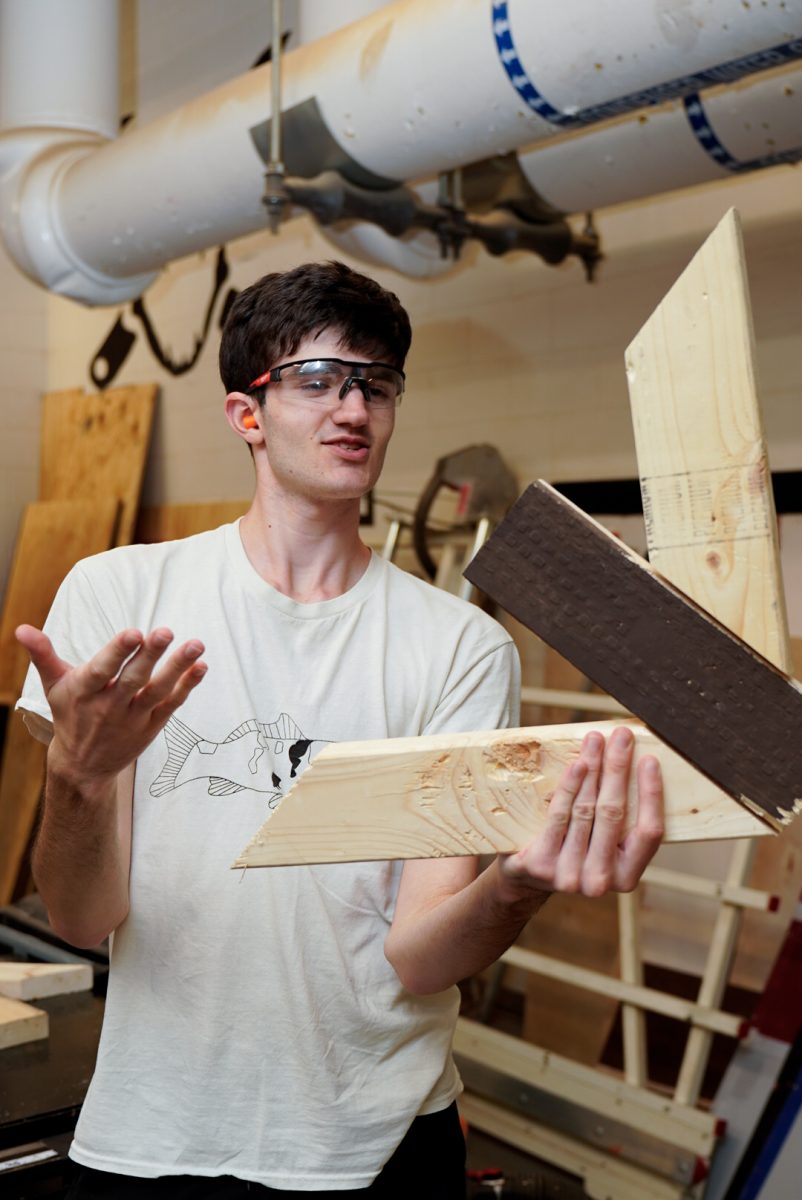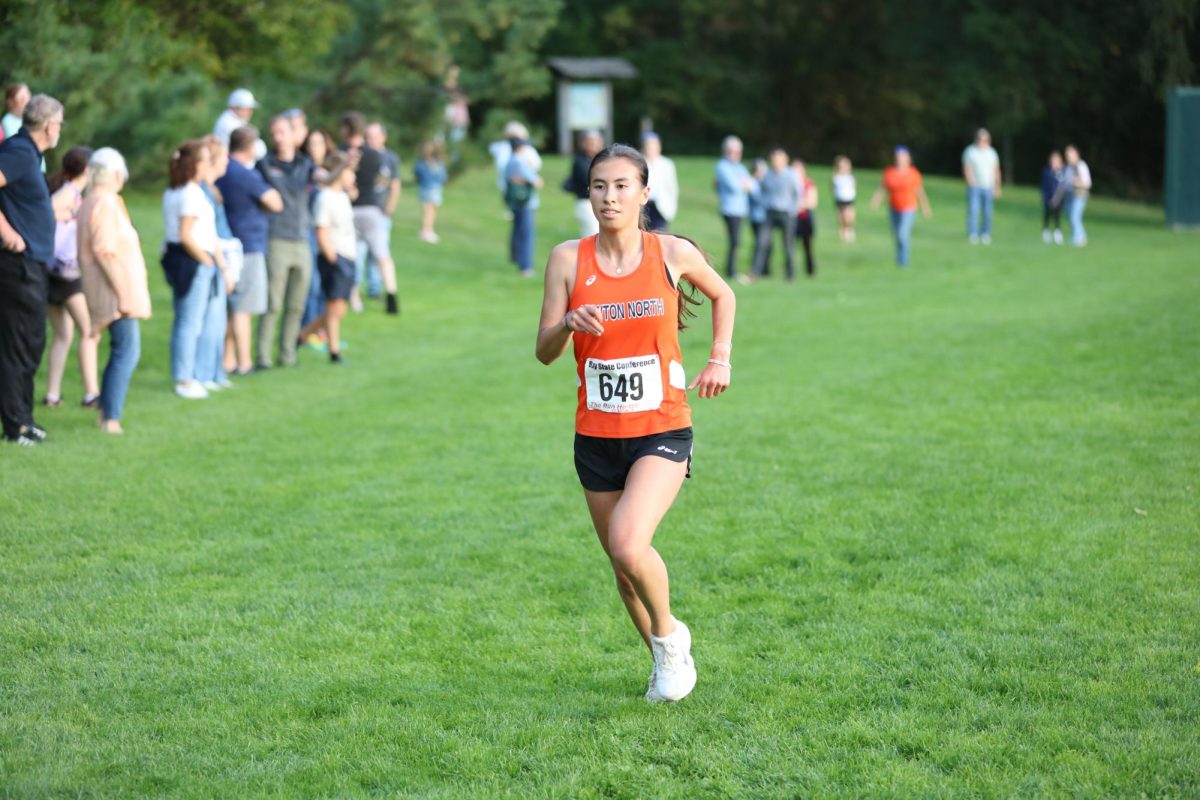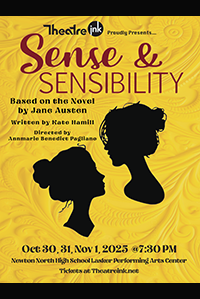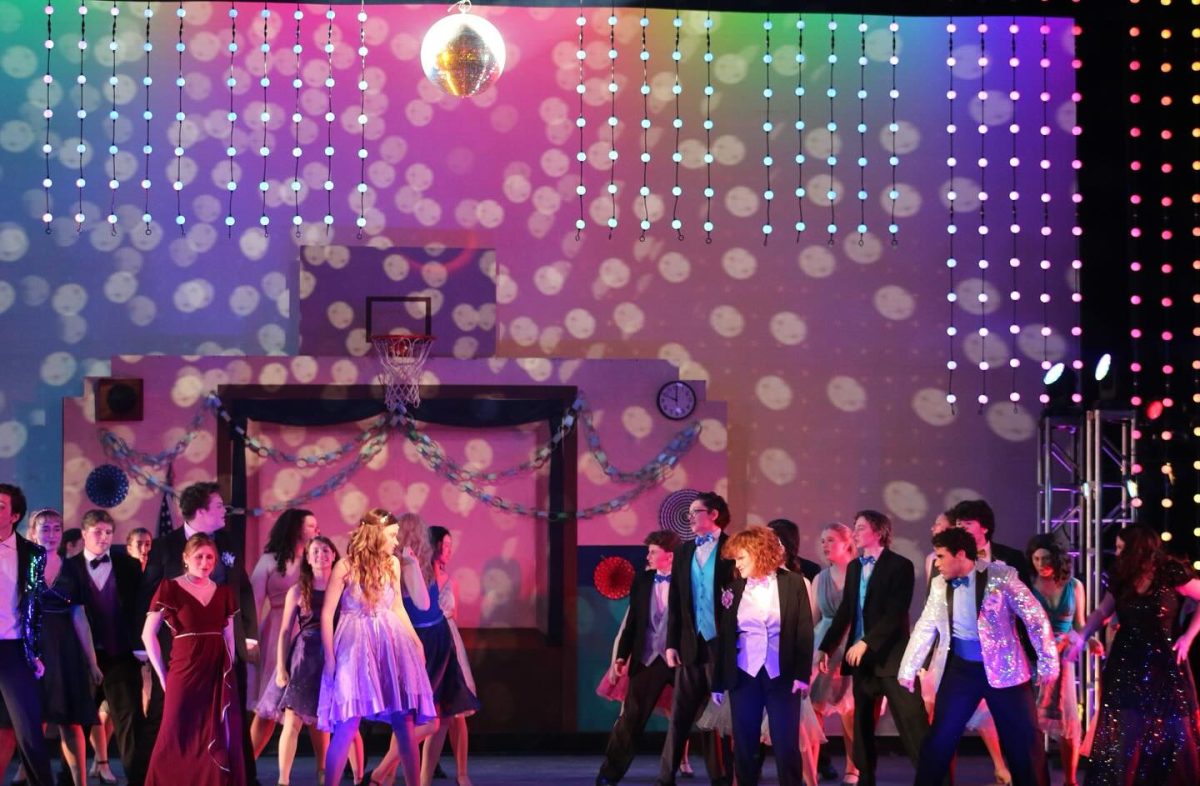Paper Tiger is a weekly column focusing on this school’s athletics.
by Kristian Lundberg
At club day a few years back, a couple of players on the Ultimate Frisbee team held up a neon orange sign, as if their goal was to overwhelm every unfortunate pair of eyes that managed to glance their way.
For those who did look over, the sign screamed, “ULTIMATE FRISBEE,” followed by an exorbitant number of exclamation points, and then, in a well-meaning but futile attempt to address the elephant in the cafeteria, someone added beneath that, “Yes, it’s a sport!”
It is indeed a sport, one which requires an ability to run like a dog and catch Frisbees like a dog, but it’s hard to tell without having played it. That may be why it needed the self-conscious reminder.
Trite examples like this one depict a dilemma that club sports teams, like Ultimate, continuously face. As club teams, they are forced to be self-sufficient, leading to hassles that a varsity team usually doesn’t have to deal with. But in order to become a varsity sport, the club would need to generate interest—hence the rationale behind the “It’s a sport” quip—and forgo much of its autonomy.
So, no winners here.
First, a full disclosure: I’ve played on the Ultimate team the past two years, and I can assure you that it’s not the carefree picnic game you play on long summer afternoons. I learned this lesson the hard way when we had to sprint two and a half miles just to get to practice.
“Throwing a Frisbee has a relaxed, chill connotation, but that doesn’t accurately reflect what Ultimate truly is,” said junior Nick Roberts, the captain. “Ultimate requires sprinting, jumping, throwing skills and hand-eye coordination. By the definition of sports, Ultimate deserves to be considered a sport.”
True, but because it’s only a club sport, Ultimate has struggled to find breathing room. It practices at Burr elementary school, and without the benefit of a bus, those two and a half mile runs add up. As do the finagling of rides to games, additional club fees and efforts to raise awareness. Despite having the rigor of a regular varsity sport, Ultimate gets little attention and extra challenges, perhaps undeservedly so.
“We have some leniency and leeway as a club, but we lack funding and recognition, so I’d much rather have us be a varsity sport,” Roberts said. “There’s currently a definition of what is and what isn’t a sport, and it needs to be changed.”
To the neophyte observer, badminton also seems more like one of those aforementioned picnic games than the Olympic competition it is. So it came as a bit of a surprise to see a serious team when I wandered into the badminton team’s practice Thursday X-block, but it was even more surprising to see the intensity and skill level of the players.
Like Ultimate, the team consists of an A and B squad, roughly comparable to varsity and JV teams. And, according to senior Tiffany Chen, an A team player, members of both teams consider themselves to be playing a sport.
“I feel like most of our members feel like they’re in something between a club sport and a regular sport,” Chen said. “We have our own kind of a varsity team and a JV team, and for some people it’s a fun activity, but others take it very seriously.”
Yet also like Ultimate, the team has found it tough to secure precious time in the SOA for practice, especially when competing for it with the track and gymnastics teams.
“We don’t really practice too often because we don’t have the space or the time,” Chen added. “Right now, we only practice Monday and Thursday X-blocks and Friday evenings.”
For all you mathematicians out there, that’s two fewer practices than what the varsity teams schedule per week. What about Ultimate? They get to practice five times a week, but they have to trek to Burr, where on the field the rocks outnumber the blades of grass.
Some picnic.
Perhaps the last thing athletic director Tom Giusti wanted to deal with on a late Tuesday evening was a bunch of pesky questions about club sports. Still, I give him props for making the effort.
“We’re very fortunate to have a variety of club sports,” Giusti said. “The great thing about clubs is that kids can play the sport a few times a week without necessarily having to make a major time commitment, and they’re not restricted to seasonal play.”
Giusti pointed out that clubs are not regulated by the Massachusetts Interscholastic Athletics Association (MIAA), the statewide governing body for high school sports.
“The MIAA has rules and regulations for interscholastic sports, and the high school clubs don’t necessarily have to follow these rules,” he added.
Giusti is open to the idea of adopting some clubs as varsity sports, but he cited a police barricade of roadblocks standing in their path.
“We’d have to get funding, which means school committee approval, and the clubs would have to demonstrate sustainability,” he said. “We wouldn’t want to start a team one year and drop it the next because of lack of student interest.”
All good points. But this vicious cycle still keeps the club teams treading water, because they inevitably lose out to the varsity sports in practice time and facilities.
“Some of the teams do use the same athletic space, which can pose a problem especially during the winter season,” Giusti acknowledged.
It’s difficult to fault the athletic department’s position on any of this, because they do have a responsibility to give some preference to the varsity sports. Once again, it’s hard to find a winner here.
Meanwhile, at club day this year, no one bothered to hold up a sign reassuring people that Ultimate was a sport. Instead, the team set up a projector to play highlights from past seasons, as proof that it was.
You know, in case anyone needs a reminder.
Categories:
Paper Tiger: Club sports' awkward existence
February 19, 2012
0
Donate to The Newtonite
More to Discover








































